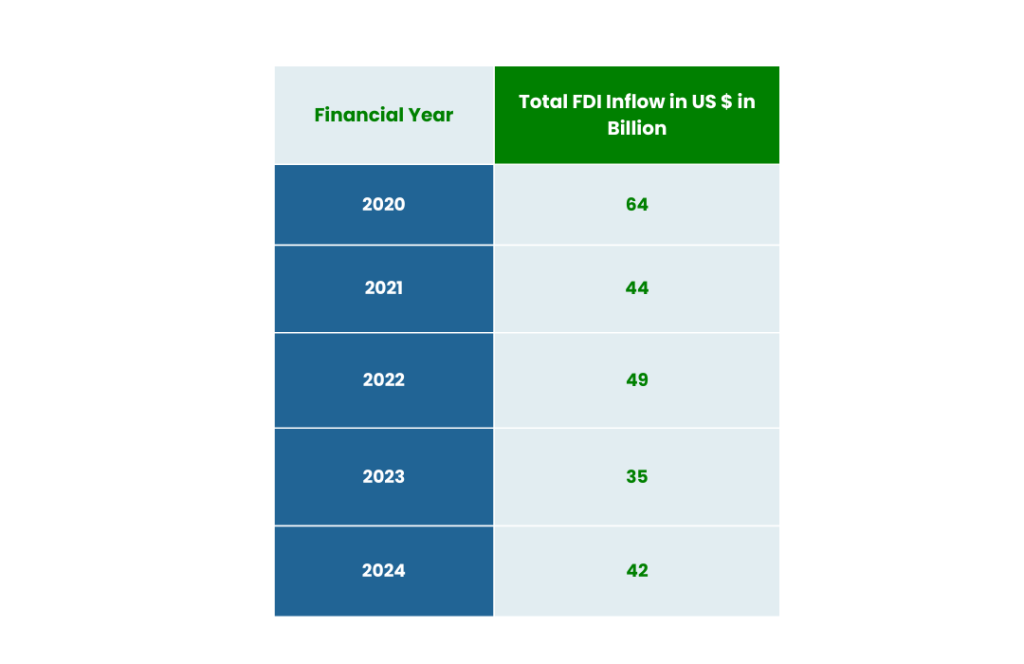FDI under GST Regime
The Economic Liberalization of 1991 paved the way for Foreign Direct Investment in India. The FDI refers to the process when a company, organization, or individual acquires a stake in any foreign company or buys it completely for expansion and investment purposes. Such investment is called FDI to the base country where the investment is made. FDI inflow is one of the most important factors that contribute to the economic growth of a country.
After the 1991 liberalization, the government introduced the Goods and Services Tax or GST in 2017 which shaped the future in the coming year. This article will discuss the details on the impact of GST on foreign direct investment (FDI).
FDI Policies in India
Make in India Initiative
Under the flagship of the Make in India initiative, the manufacturing sector has recorded more than 50% growth in the past decade as compared to the previous decades.
PLI Scheme
Under the PLI Scheme, from the financial year 2021-22 to 2028-29, a budget of USD 752 million was approved. This initiative aims to improve the manufacturing of white goods (air conditioners and LED lights) with a committed investment of $816 million from several investors.
Bilateral Investment Treaty
The union cabinet has given a nod to a bilateral investment treaty with the United Arab Emirates. This treaty aligns with the vision of Atmanirbhar Bharat to increase domestic manufacturing and reduce dependency on imports.
Last Five-Year FDI Inflows in India

After the GST era, both the FDI outflows and inflows have been affected severely. The above table states the post-GST era FDI investments and the fluctuation can be felt widely. The compliance practices and the slab rates have caused the steep fluctuation in the FDI.
Though in recent years, after GST implementation, the union cabinet has started several initiatives stability due to global factors is still a dream. In the year when the GST was implemented, both foreign direct investment outflows and inflows witnessed negative growth.
Suggestions to Turn FDI Positively in the GST Era
- The recommendations from scholars suggest that overall tax rates under GST should be reduced
- The GST can be charged in 2 or 3 slabs as compared to several existing tax slabs
- Minimum tax slabs will reduce the complexity of calculation and compliance
- The GST structure should be business-friendly so that foreign investors can be incentivized
- Instead of the “one nation, one tax” philosophy, “one nation, one tax, at one place” can be introduced so that only the central government can charge the taxes, eliminating states’ authority
- A much easier format of taxation in the place of IGST, CGST, and SGST would help the FDI Inflow in the country
Get Started with TaxDunia
All these changes are recommended by professionals based on the market tendency. They can vary, therefore do not consider them as legal advice. Reach out to the seasoned team of TaxDunia if you are looking forward to starting FDI outflow to another country. Our team will design a personalized roadmap for your prospective investment in the countries that give you the highest returns.

